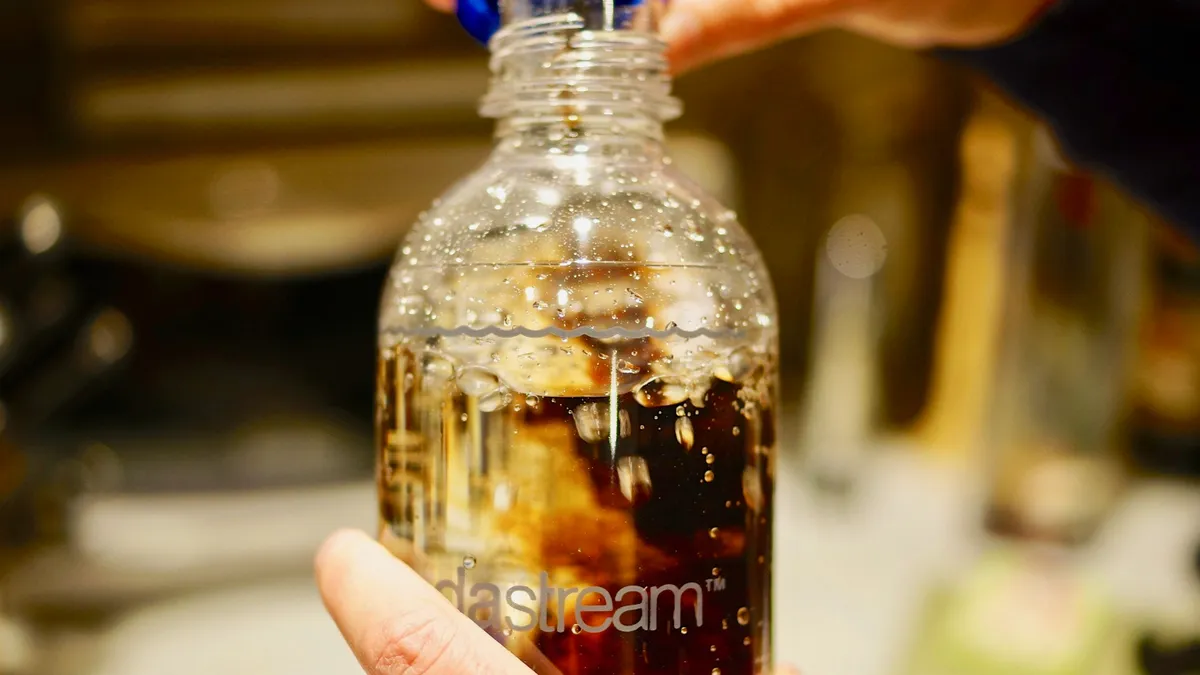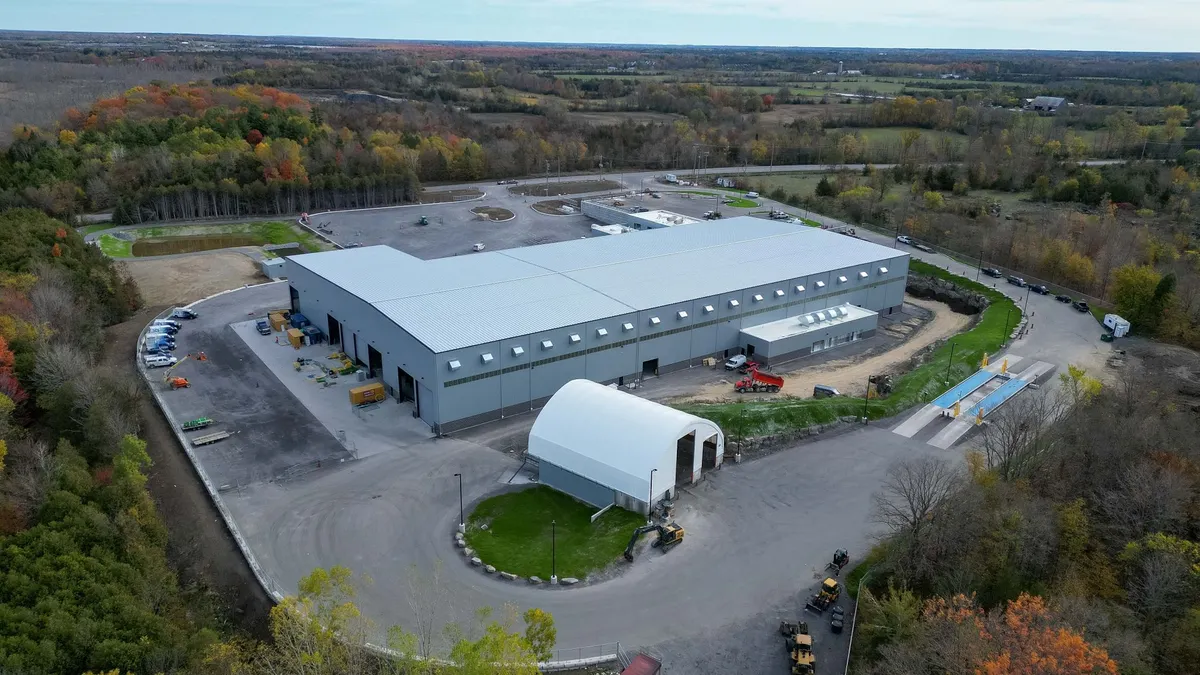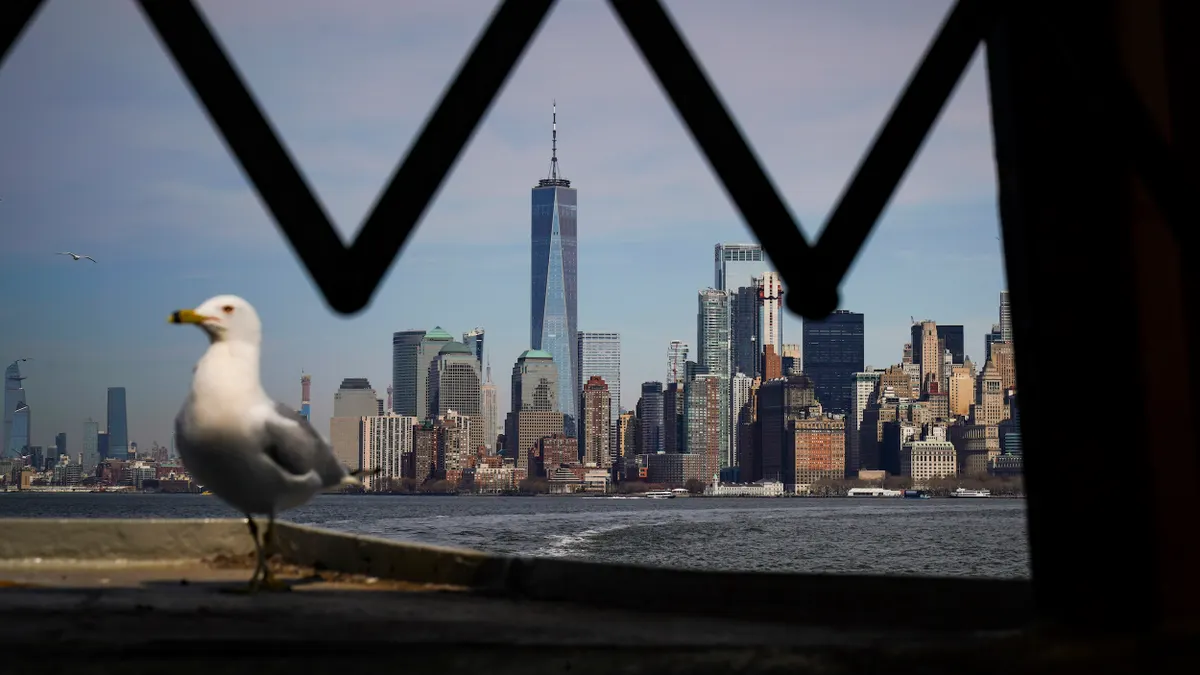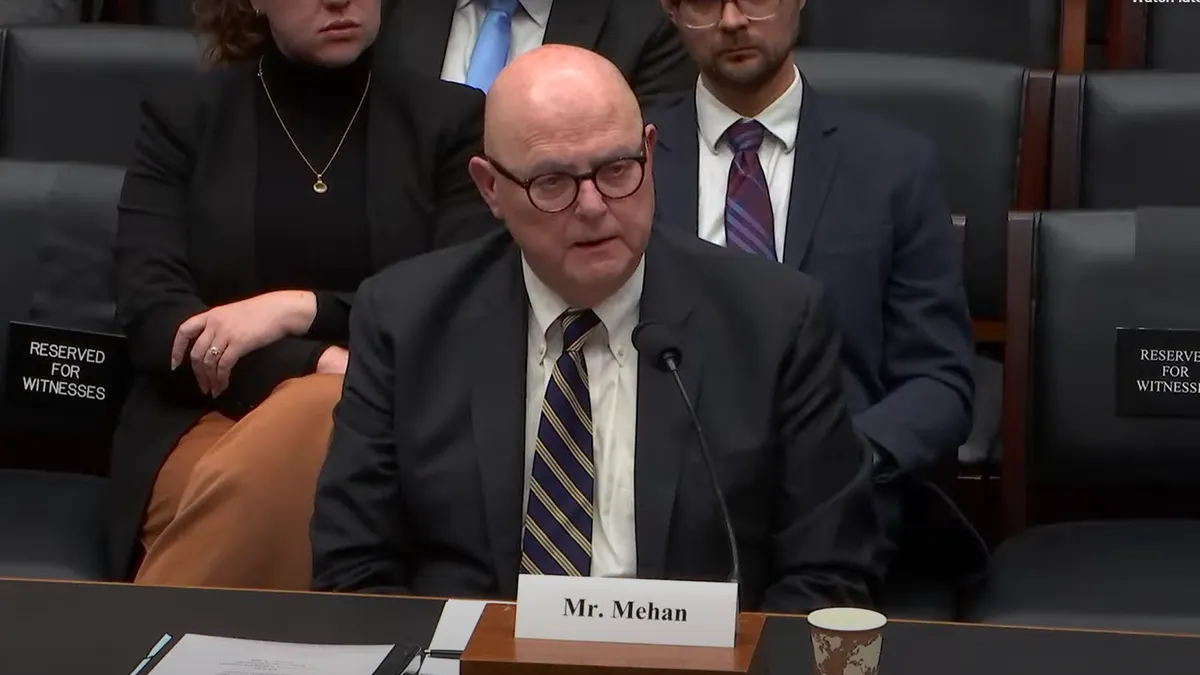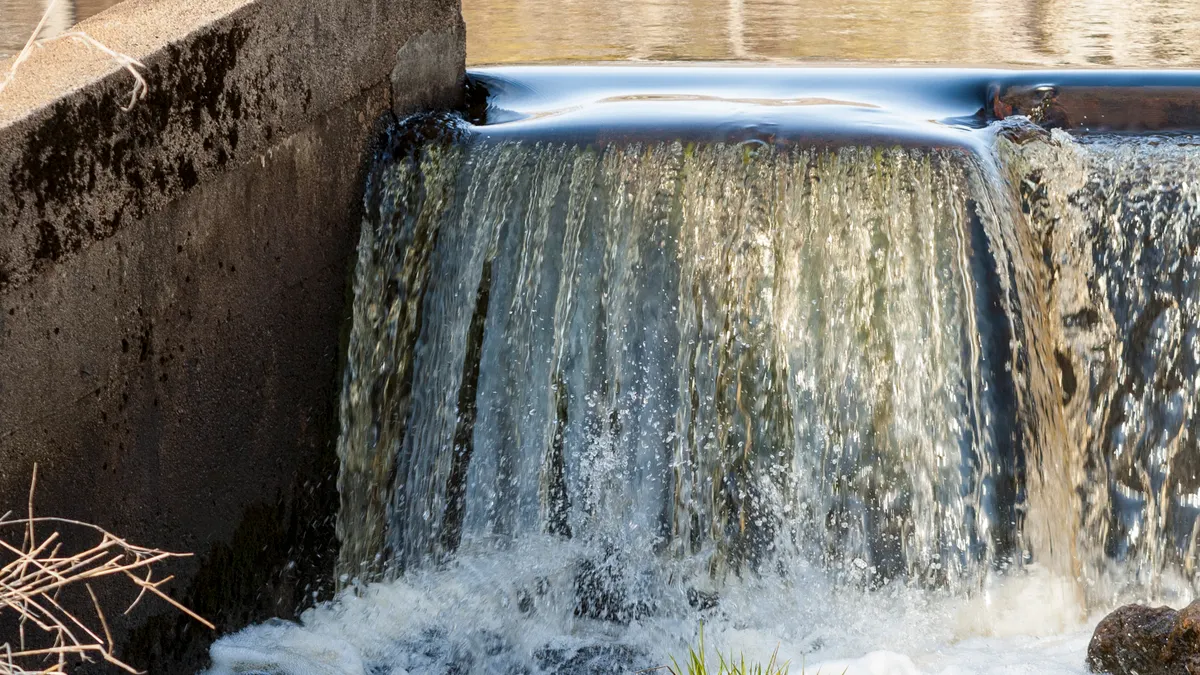This spring, toilet paper made headlines as COVID-19 ravaged the consumer landscape with countless product shortages. Less visible were disruptions to supply chains for the many other household products consumers in quarantine relied on.
“For me, it's always been hard to get CO2 cylinders,” said Elizabeth Balkan, director of North American programs for Reloop. To avoid waste from single-use packaging, her household has long used a soda maker, a machine that allows users to make their own sparkling and flavored waters in a reusable bottle. The do-it-yourself alternative to packaged beverages relies on the availability of aluminum CO2 cartridges or cylinders, which provide the carbonation users need to infuse their drinks with fizz.
“They've always been sometimes in stock, but more often not in stock. And when they are in stock, there’s a hoarding of them. But I've never experienced as dramatic a short supply as in COVID," said Balkan, adding replacement cartridges couldn't be found for several months. “There was even a point when I was on Amazon figuring out how to rig my own set-up and fill the tank myself.”
Pandemic disruptions revealed a vulnerability in the home carbonation model, which has long sought to increase market share. Without easy access to CO2 refills, the machines are rendered useless. In response, more avenues for securing an exchange are emerging — from third party vendors tapping into the refill model and offering a plug-in service via e-commerce, to new vending machines for exchanging cylinders at mainstream retailers.
As the beverage industry is increasingly pressured to meet ambitious waste reduction goals, the home carbonation system is one that circular economy experts say warrants further attention as it decreases a reliance on single-use bottles and cans. It’s a longstanding, relatively low-maintenance closed loop model – with multiple dimensions of reuse – that could be scaled up in the coming years.
The waste reduction case
Home carbonation has long held appeal for consumers who want to adjust the flavor intensities of their drinks, allowing for customization in a market often criticized for over-sweetening its products. Users also report cost savings, as at-home soda making reduces the need to continually pay for packaged soft drinks. But the biggest savings come from a waste reduction standpoint.
“The highest level on the hierarchy for waste prevention or circular economy, whichever framework you want to refer to, is to avoid producing waste in the first place,” said Susan Collins, president of the Container Recycling Institute, whose personal experience with a soda maker has proven this point. “It has saved our household countless bottles over many years.”
The beverage industry has long struggled to curb waste from soft drinks. Responding to these concerns, many mainstream brands, like PepsiCo and Coca-Cola, have pledged ambitious sustainability targets to reduce single-use plastic.
Identifying reusable programs as one solution, PepsiCo acquired SodaStream (a company responsible for the vast majority of machines on the market, with roots back to 1903) for $3.2 billion in 2018. In a recent progress report on plastic reduction efforts, PepsiCo said expanding this part of its business could help avoid the creation of an estimated 67 billion single-use plastic bottles by 2025. SodaStream also introduced a new chief marketing officer in February, who pledged to amplify sustainability messaging.
That potential reduction in beverage container waste is only possible thanks to another, less-touted closed loop mechanism operating behind the scenes: the carbon cylinder exchange program.
A single CO2 cylinder, refills for which typically run anywhere between $15 and $20, makes up to 60 liters of sparkling water or soda. It’s the equivalent of removing 170 standard 12-ounce cans of soda or 102 20-ounce plastic soda bottles from the waste stream.
Similar to propane tanks, or beer kegs, the relatively high cost of purchasing CO2 cylinders new versus the lower refill cost makes the expenses associated with reverse logistics required to keep them in circulation worthwhile. And unlike with drink bottles made of glass or plastic, incentives are provided to consumers by companies (in the form of discounts or rebates) to ensure cylinders are not disposed.
There is much about the CO2 cylinders that make them well-suited for reuse. For one, they are very durable, with the U.S. Department of Transportation (DOT) commonly giving them a five-year expiration date – though exemptions are sometimes granted for up to 10 years. Once a cylinder has reached its expiration date, companies can then request a recertification to keep them in circulation.
But according to Mike Nelson, president of Soda Sense, a company launched last December to perform refilling and reverse logistics services for the cylinders, it’s usually easier and cheaper to just recycle them. And because the cylinders are made of aluminum with a small brass valve – both metals with consistent end markets – “there is none of this hitting the landfill."
Another useful feature of the cylinders is industry-wide standardization. CO2 cylinders used for home carbonation plug into nearly all machines on the market. Many say the homogeneity is simply the necessary byproduct of a global market dominated largely by a single player: SodaStream.
“They've got market dominance right now,” said CRI’s Collins. In the United States, the machine is sold in thousands of Walmart stores and other major national retail chains. According to Nelson, an estimated 99% of the cylinders that Soda Sense services come from SodaStream users as they all share the same valve that attaches them to machines of different brands. While Nelson thinks it's possible another company could try to change the cylinder system it seems unlikely.
SodaStream declined to comment on the origins of the cylinder, or answer other questions about its process beyond a statement from Global Chief Commercial Officer Asaf Snear saying “the cylinder exchange program is a key component of having a SodaStream and is very easy for the consumer to participate in.”
Scaling up as a circular solution
Several avenues currently exist for SodaStream customers to purchase and exchange refill cylinders—but those appear to be expanding
One of the most popular has long been in-person exchanges through retailers like Staples, Target, and Bed Bath & Beyond. But like Reloop's Balkan, Nelson said this option has posed challenges for customers seeking refills. Soda Sense was founded as a direct response to difficulty around acquiring new cartridges in Wisconsin.
“We would go to our local store, whether it be Walmart, Target or Bed Bath & Beyond, and they’d tell us, ‘Sorry, we don't have any CO2 cylinders today. But you can buy a new one.’ But who wants to keep buying new cylinders?” said Nelson.
The Green Bay-based business was developed to allow customers to perform cylinder exchanges through e-commerce and it has taken off since the spring lockdown period.
“When the COVID panic hit, we saw a huge surge in orders on a daily basis. I would say they doubled for six weeks. And then after that, they've come back to where I would call normal, like what we expected, what our business plan was based on," said Nelson.
SodaStream did not provide details into the temporary disruption, stating that, “Unfortunately, similarly to many companies worldwide, when the pandemic hit we faced delays in our manufacturing and shipping. We hope that soon it will be solved.”
Earlier this month, SodaStream announced a new refill partnership with TOMRA, a company that provides reverse vending solutions. The pilot will install takeback machines across the European Union and the United States — starting in at least five Connecticut and Massachusetts municipalities, including Boston. The company said it hopes this solution will “ease social distancing by avoiding the need to go to customer service for the return of the used CO2 cylinders.”
As all involved look for ways to boost reuse options, it is unclear if increasing the availability and ease of cylinder exchange programs will translate to higher rates of home carbonation use, or play a significant role in reducing waste.
For Balkan, there’s still much about the service more broadly that seems to deter users. The reusable plastic bottles have expiration dates and can't be run through dishwashers, cleaned with hot water or abrasive cloths, stored in freezers or left in direct sunlight. SodaStream does offer certain models that allow for a glass carafe, but the price is double that of a more widely used model designed for plastic bottles. Balkan suspects some of these “inconsistencies to the retail experience” are because home carbonation toes a fine line with PepsiCo’s other pre-packaged products.
“A lot of companies will buy out a disrupter company to try to sort of kill the product. I don't know if that's what's happening here,” Balkan said, referencing SodaStream’s Super Bowl commercial from 2013 that critiqued big name brands. “It was very controversial because basically SodaStream was trying to be a disrupter to Coke and Pepsi, but that was before Pepsi bought it."
Whether home carbonation will continue to scale in the United States during the pandemic remains to be seen, but the renewed emphasis on CO2 cylinder exchange programs demonstrates a successful example of a closed loop system and is yet another sign that reuse and refill services are gaining mainstream traction.


